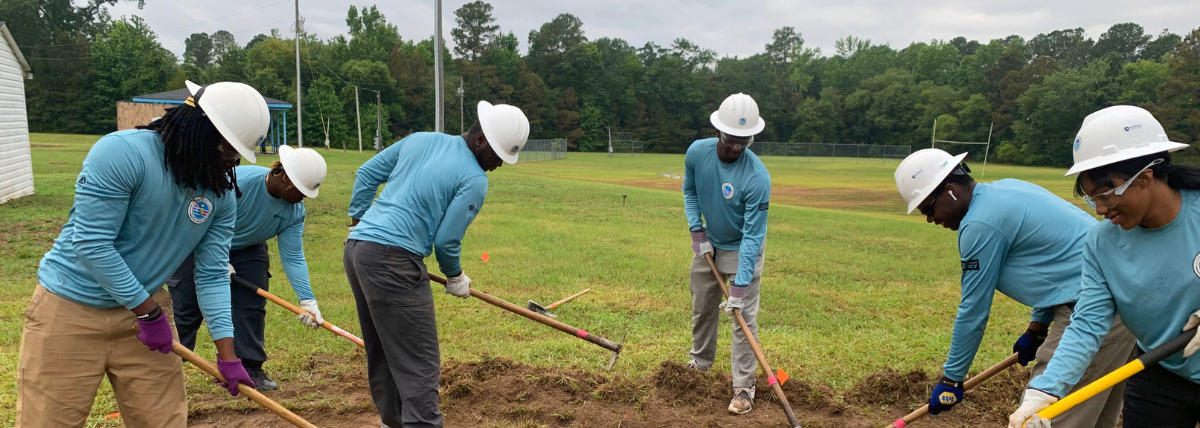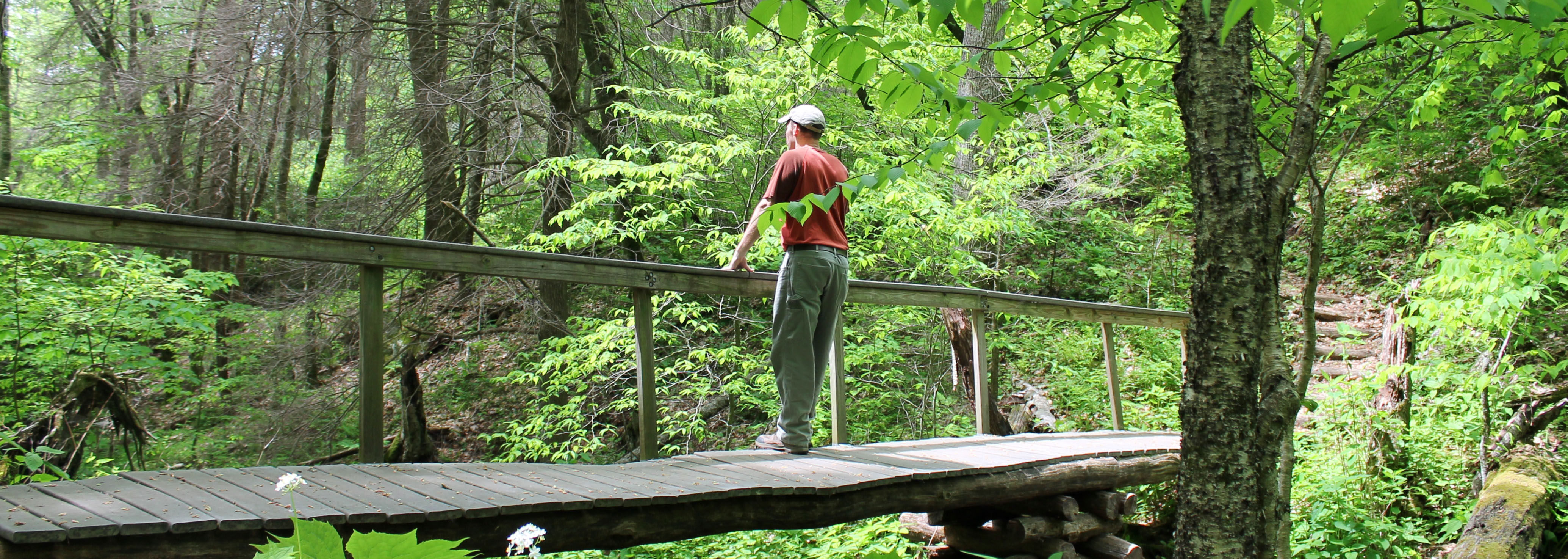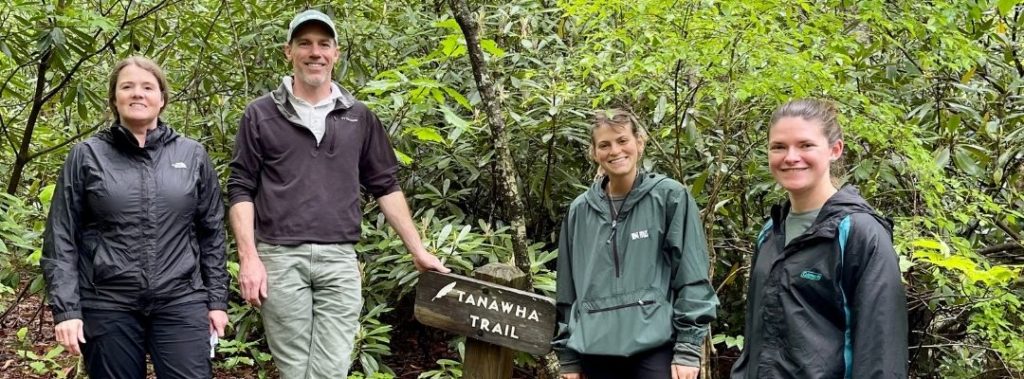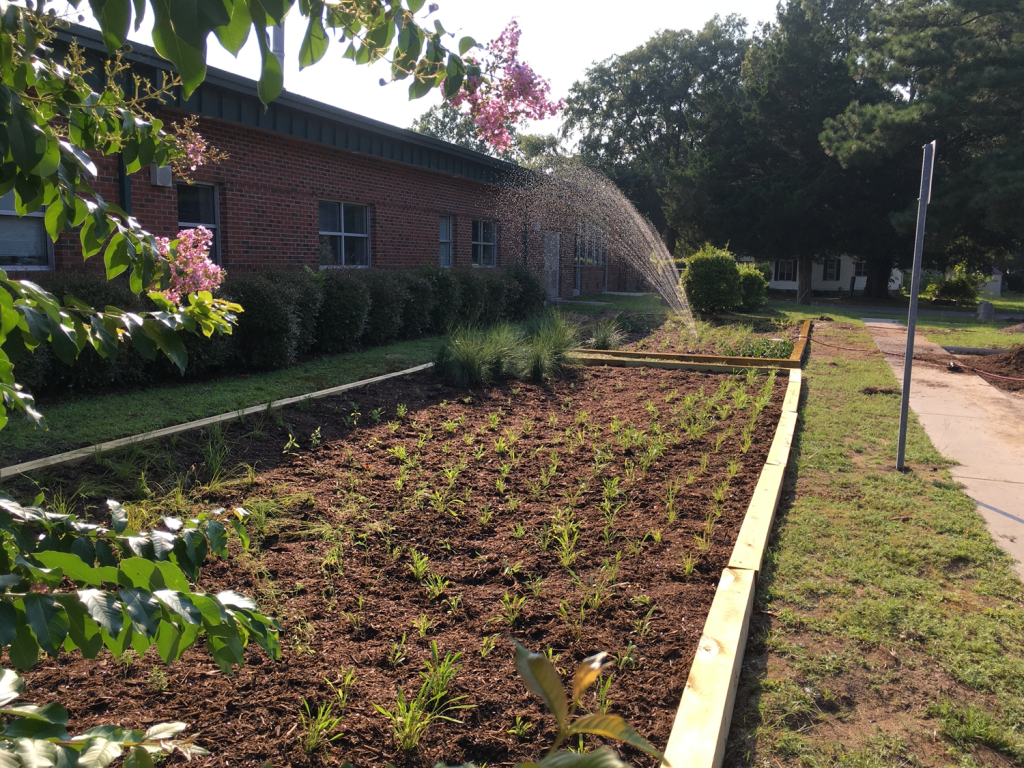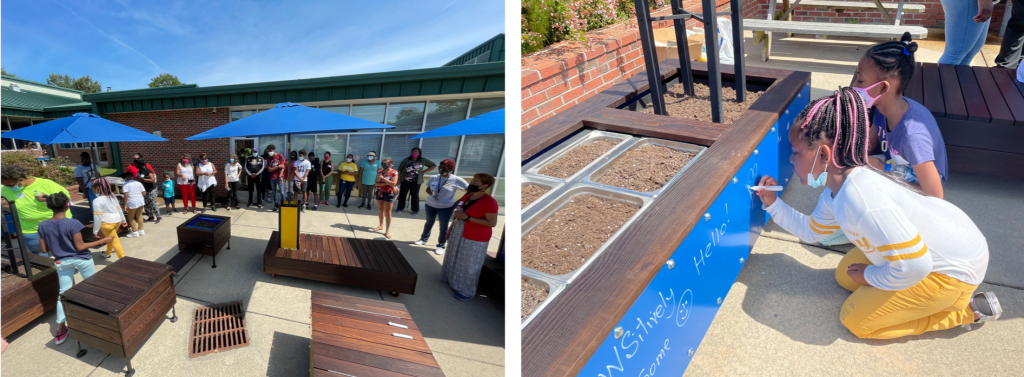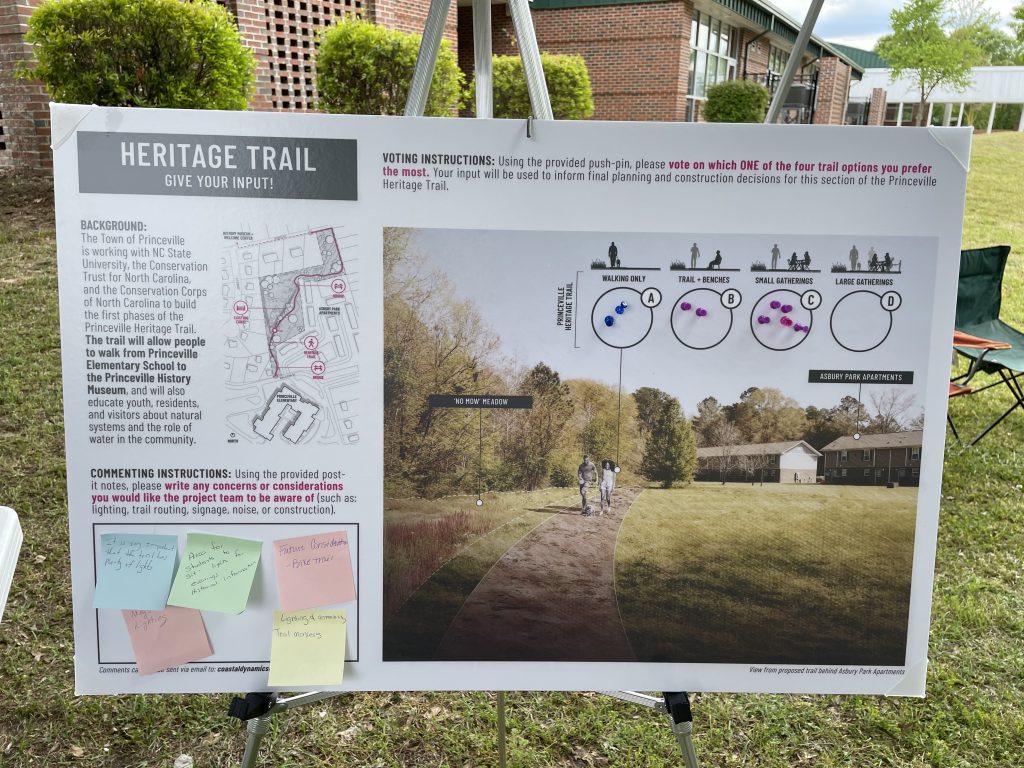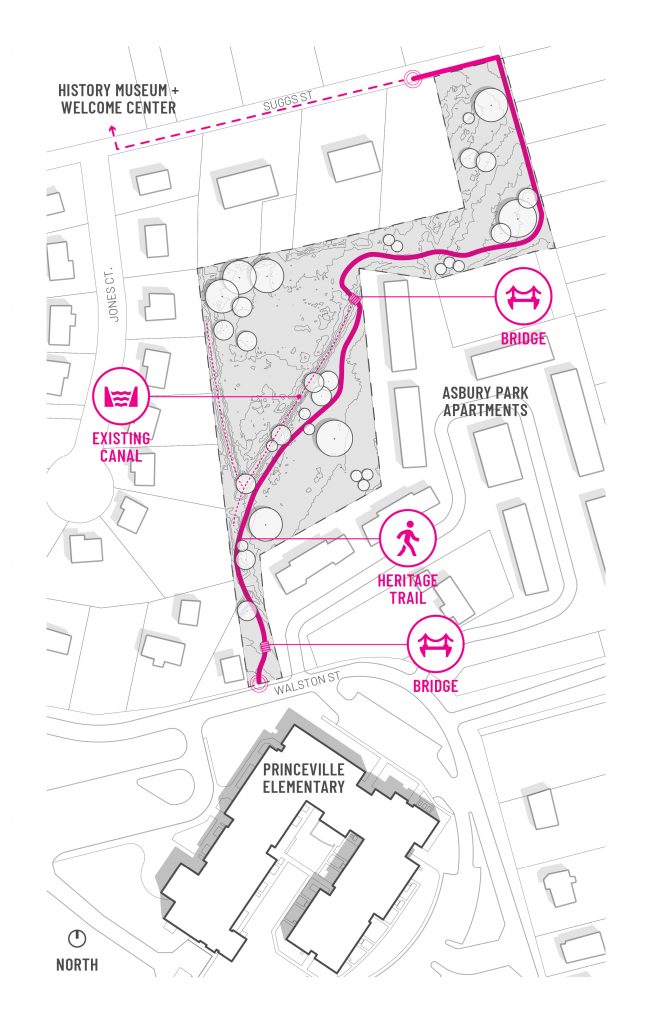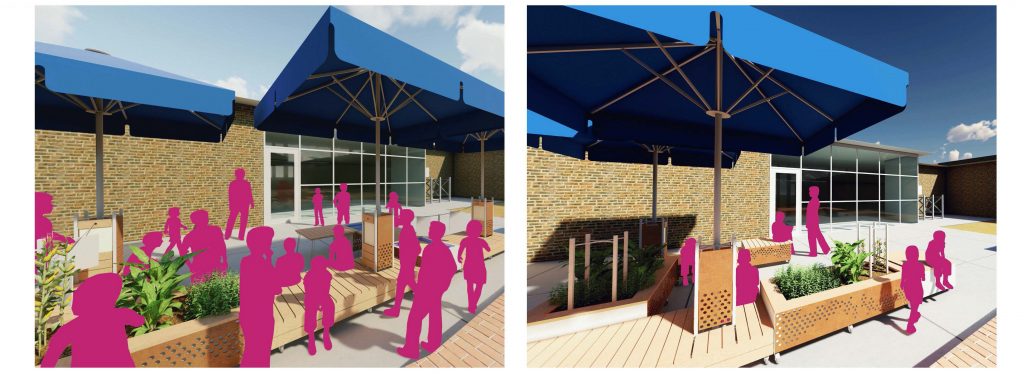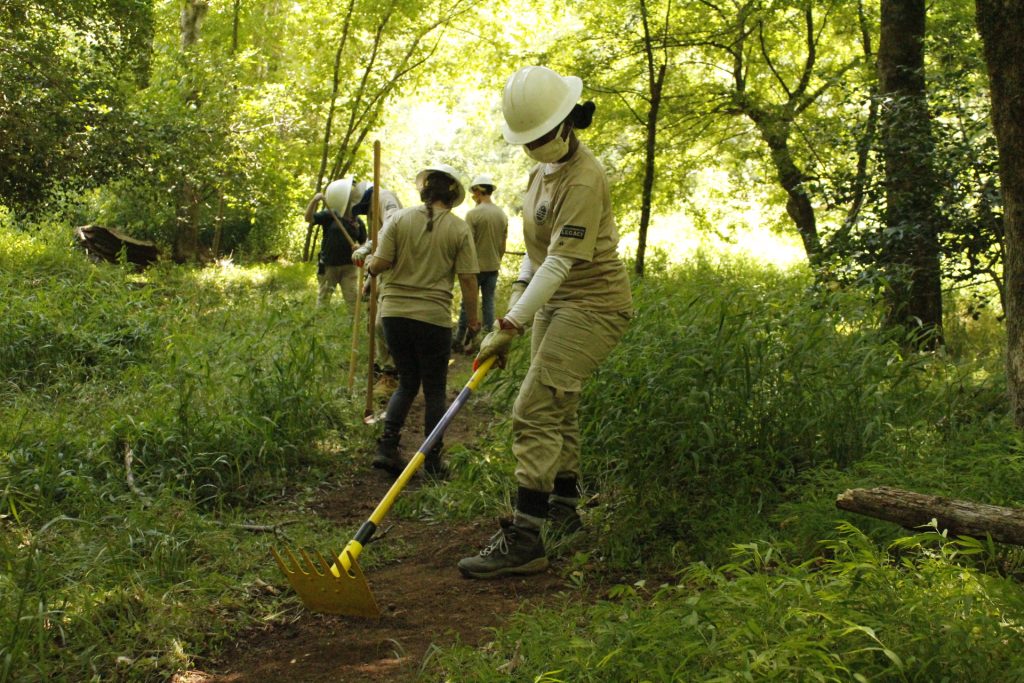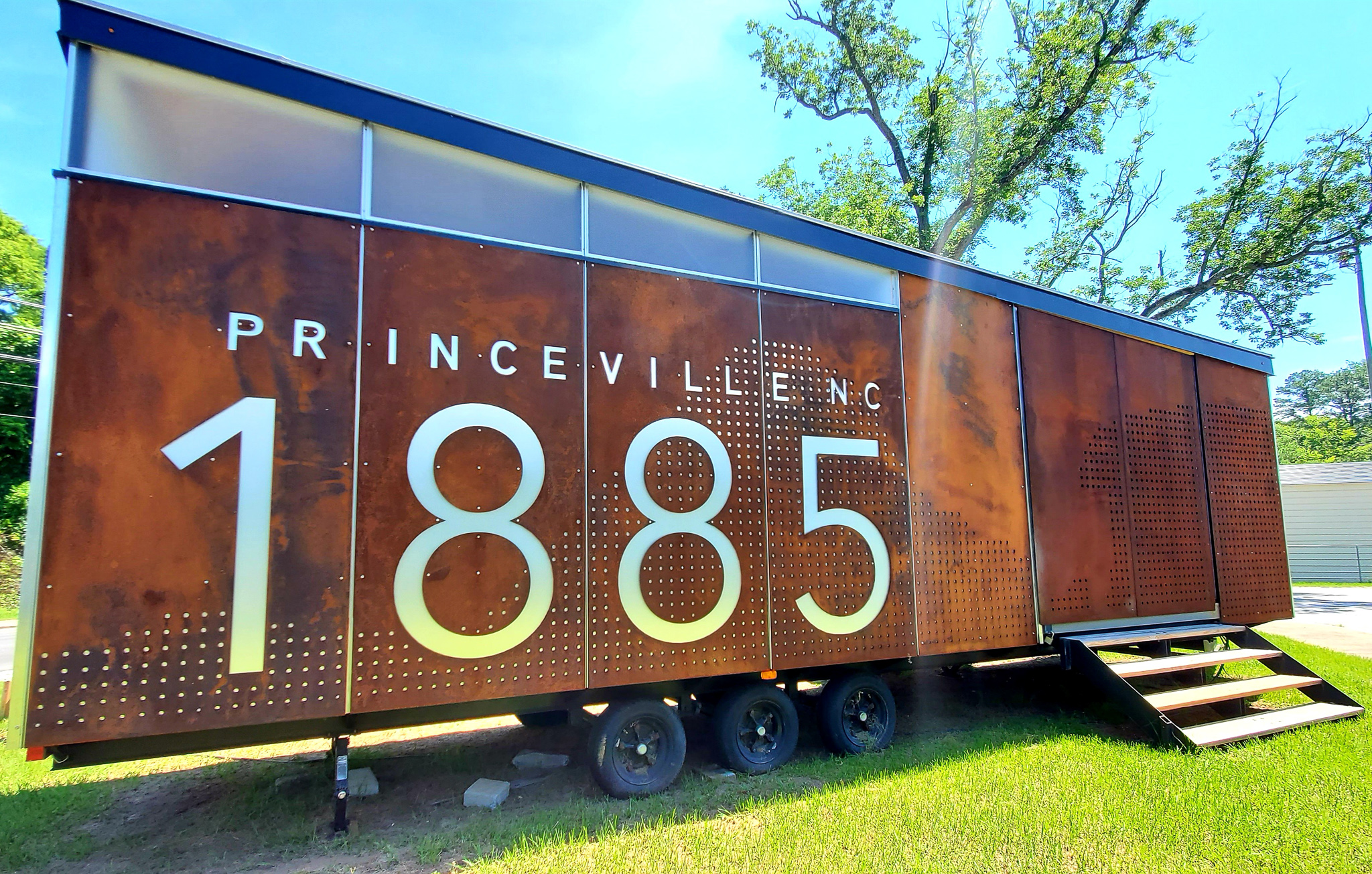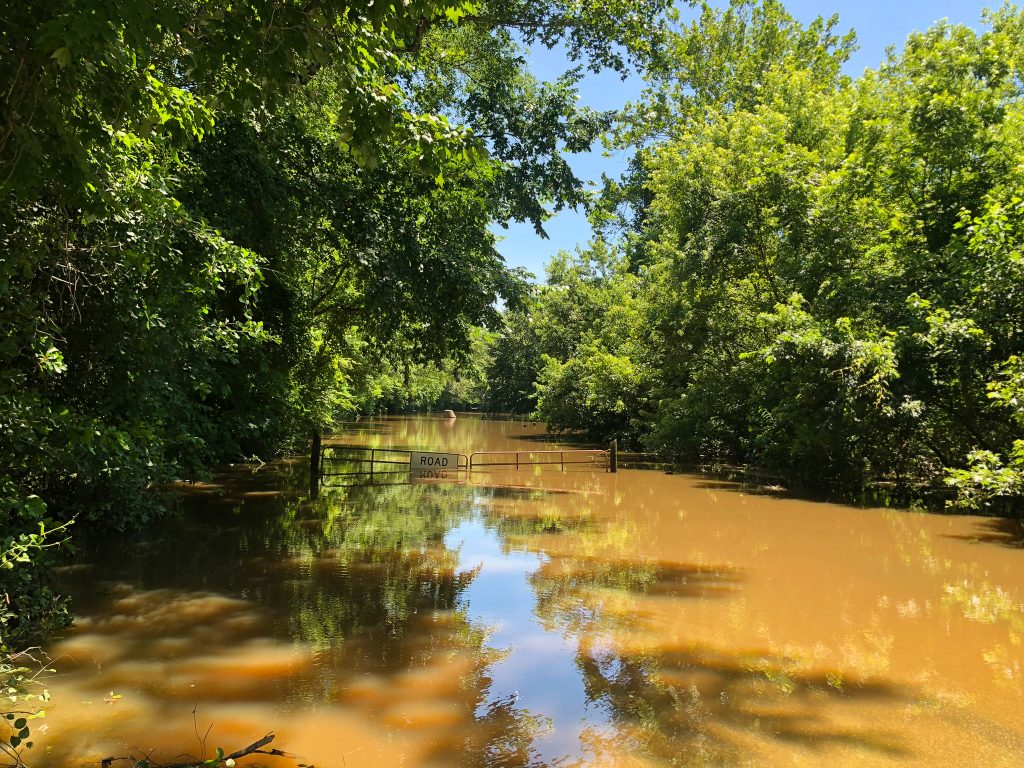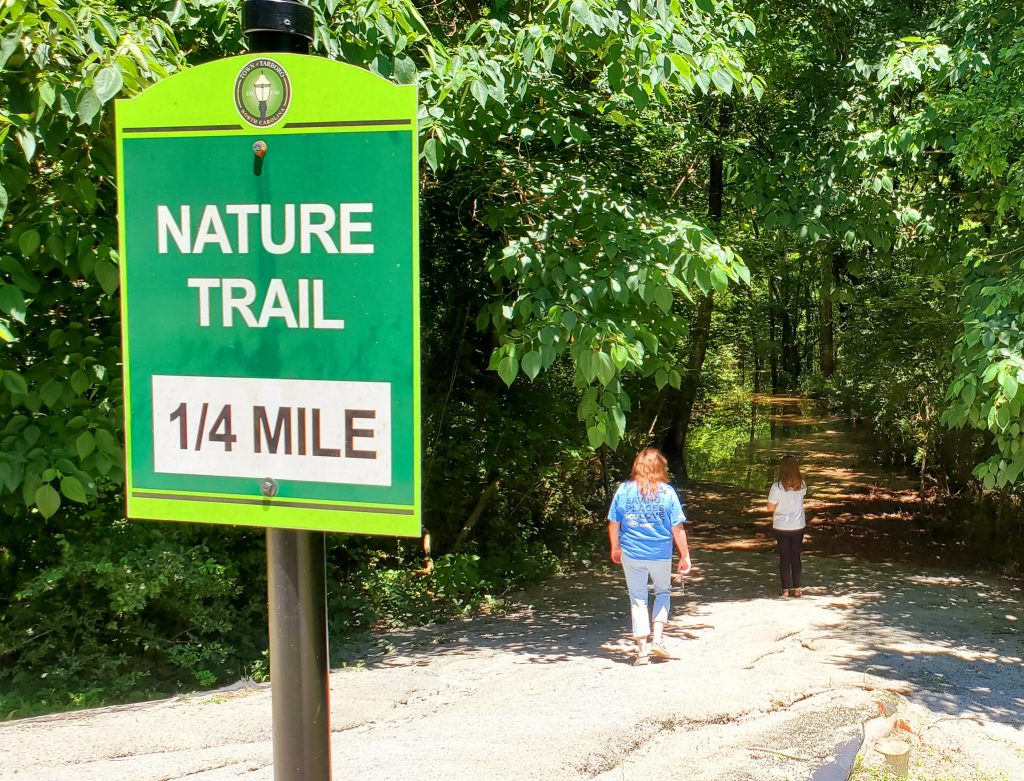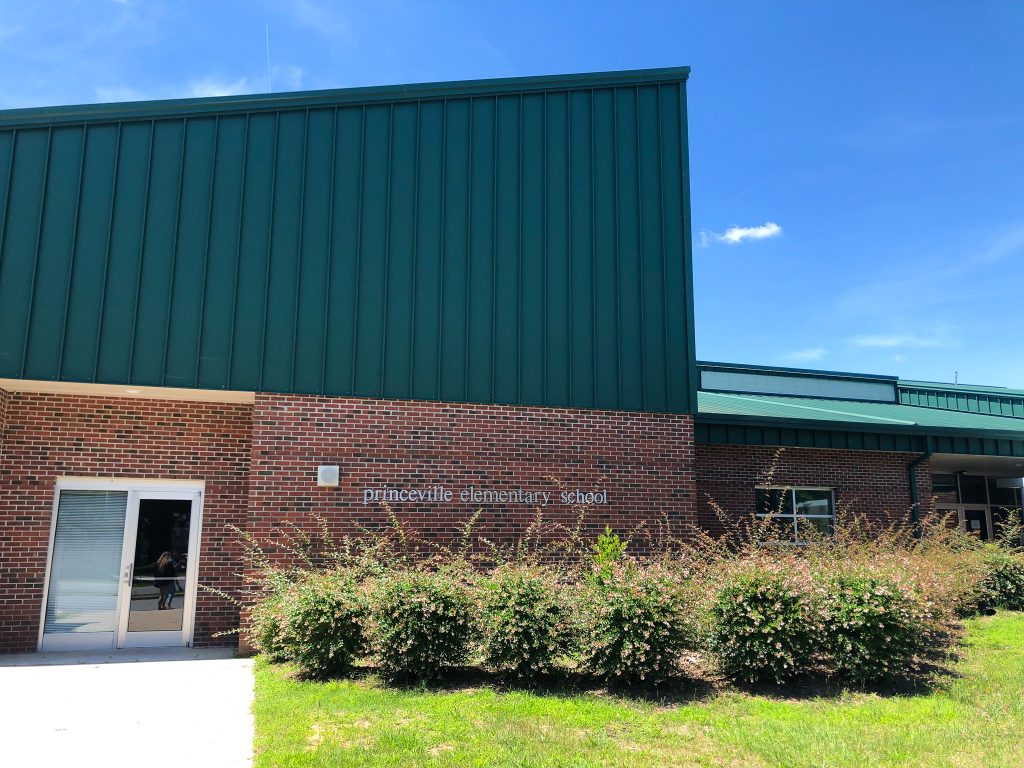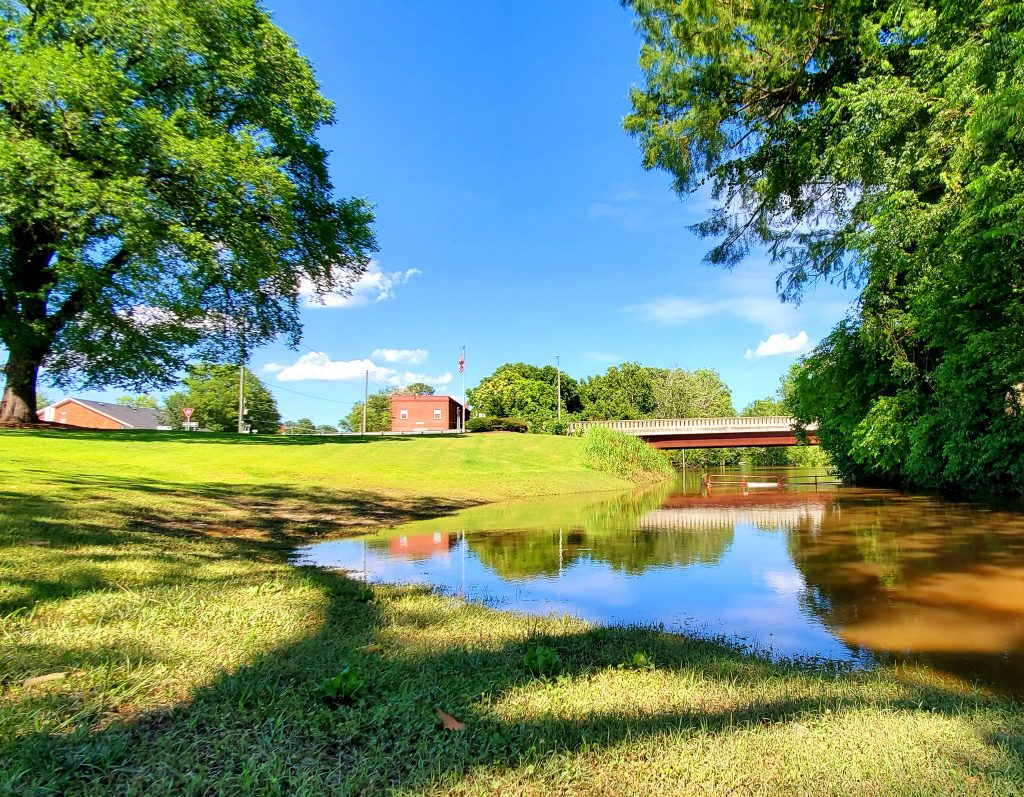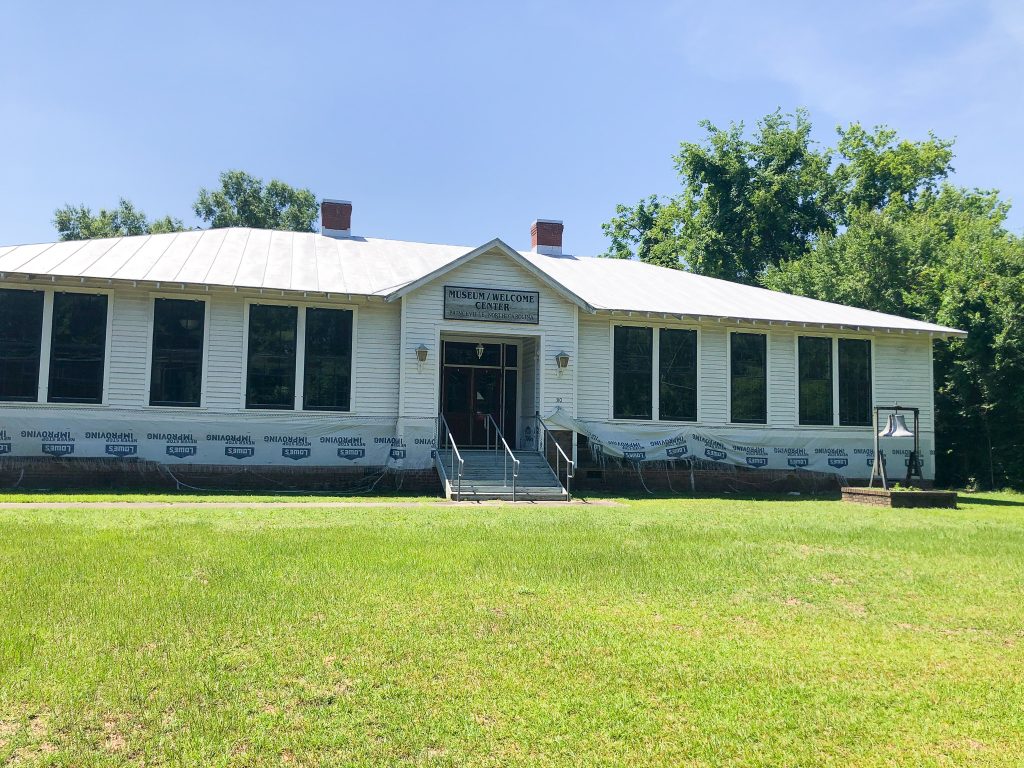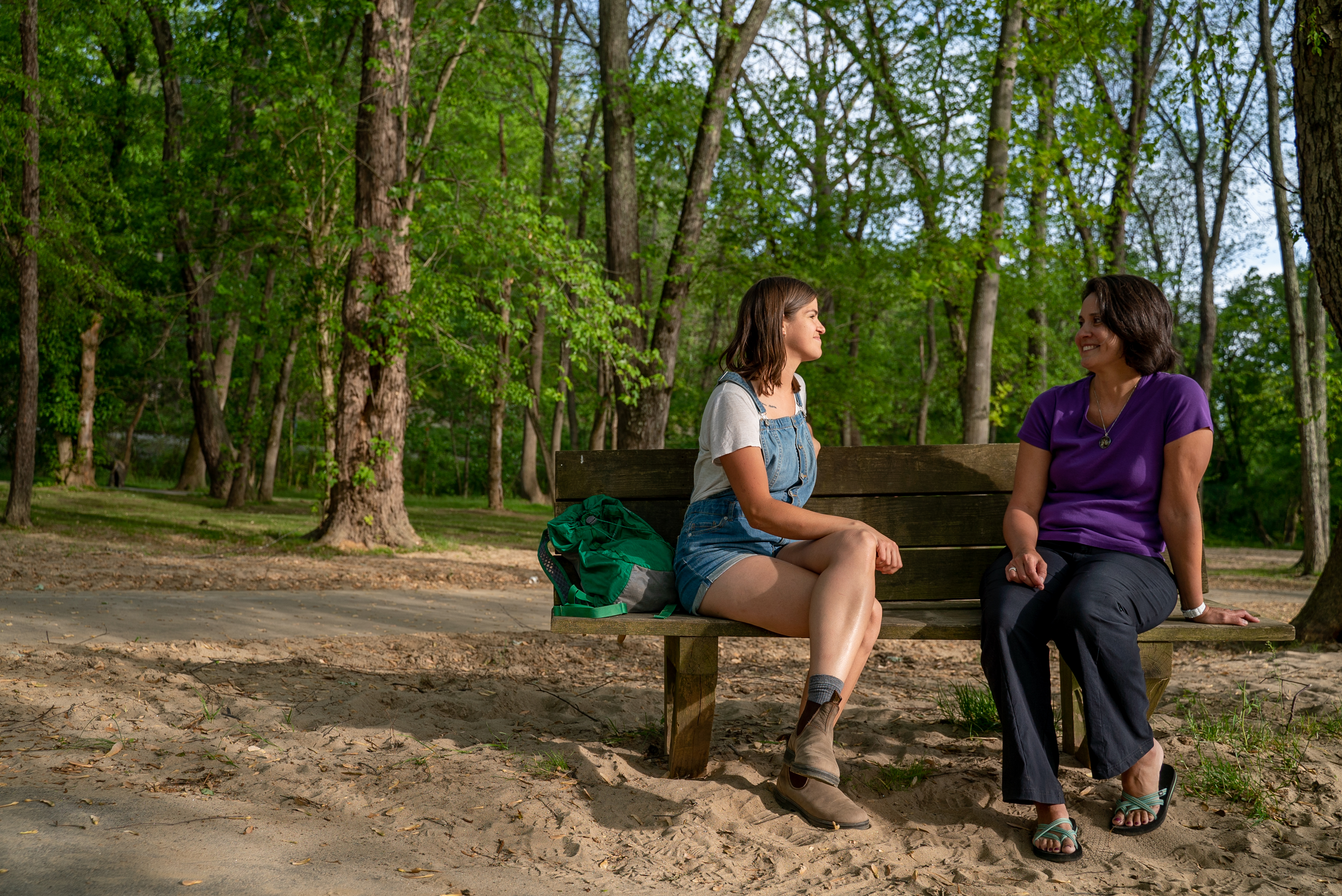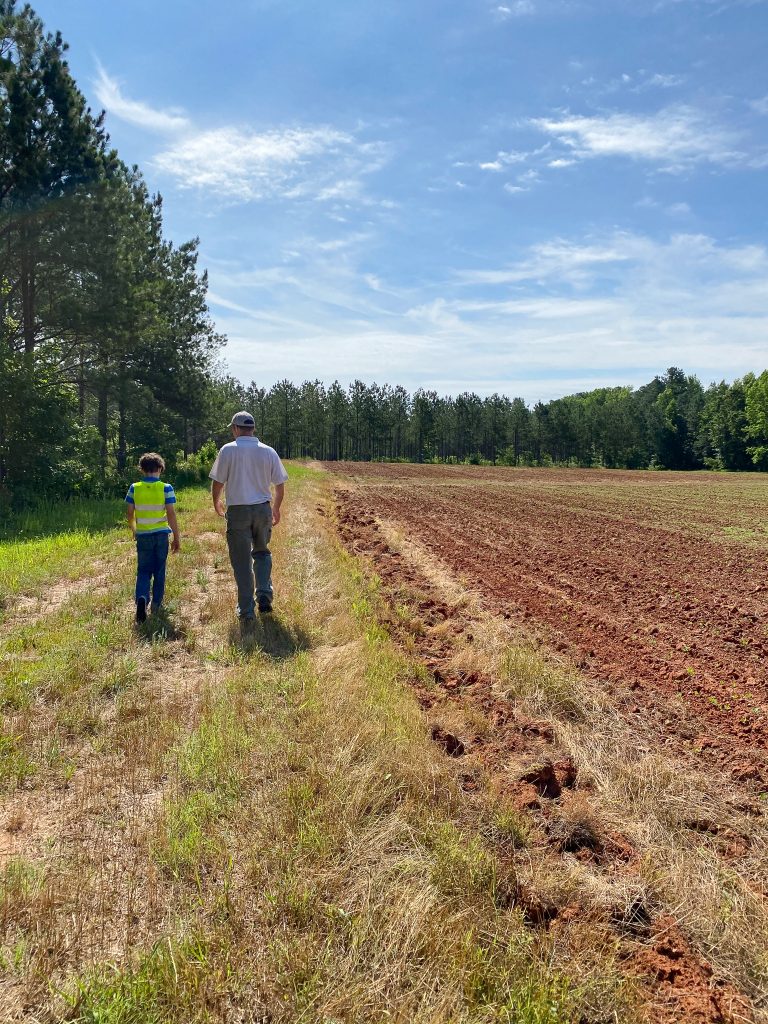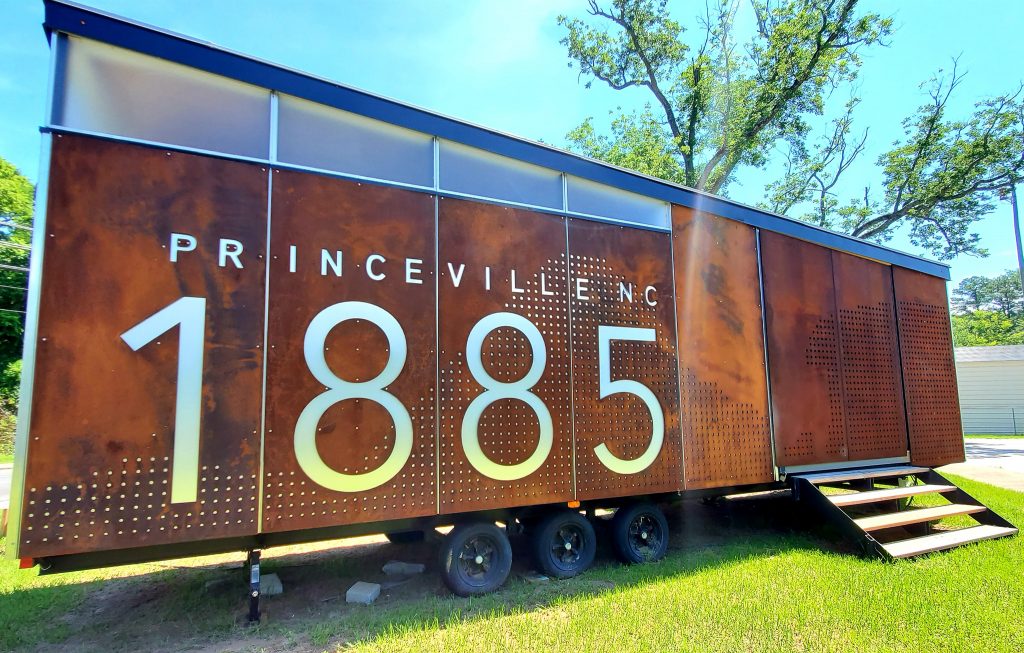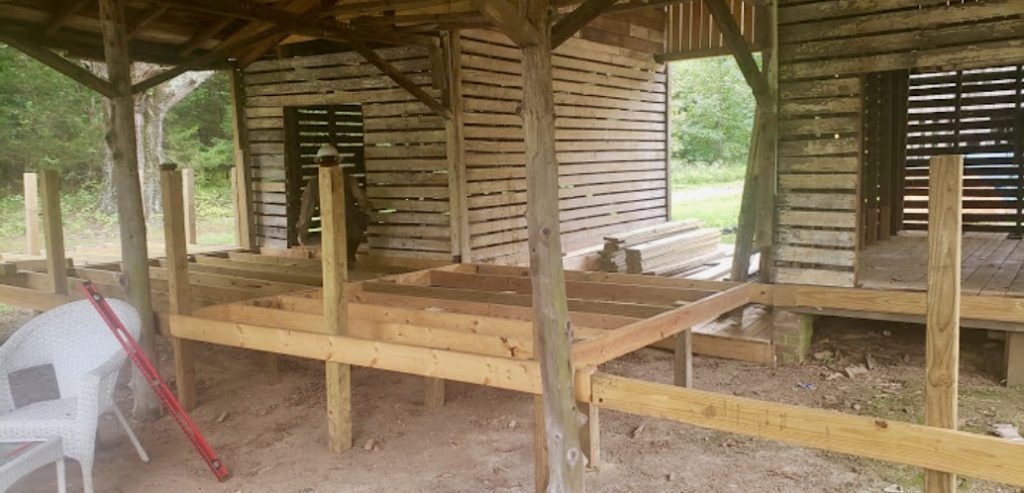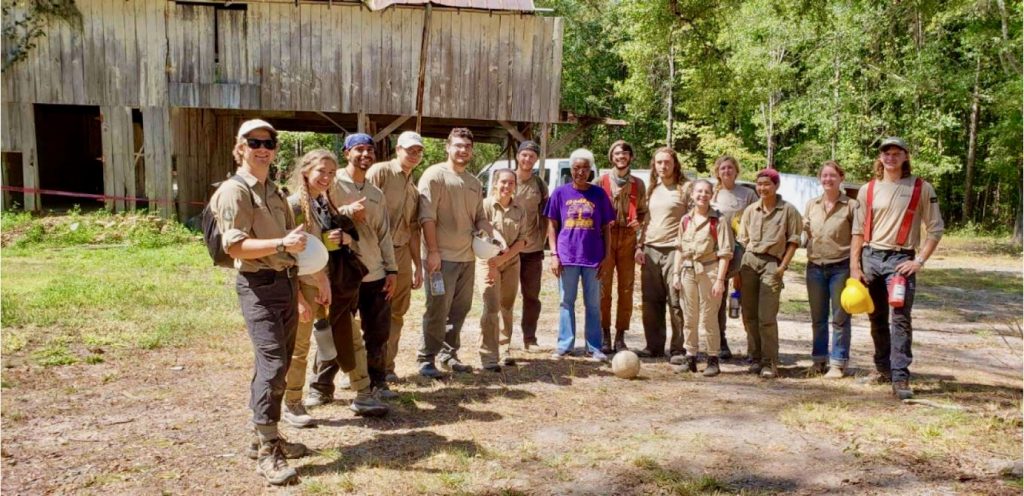North Carolina has seen an unprecedented investment in building resilience against the effects of our changing climate. Hundreds of millions of dollars have flowed to statewide flood resiliency modeling efforts, coastal community planning, and more. Billions of additional dollars from federal sources have also been earmarked for climate resilience.
Yet, there is a crucial next step to ensure these projects come to life: activating local community capacity. Communities across North Carolina must be able to take advantage of the information, support, and financial resources made available. CTNC has heard from nonprofit organizations and local leaders that too many communities seem to lack that needed capacity.
STUDY
To begin to address this vulnerability, CTNC commissioned a study in fall 2022 to gather information and input on what role service programs might play in building community capacity around climate resilience. The resulting Resilience Service Network: Case for Support affirms that existing and new service programs are well-positioned to play a vital role in assisting communities seeking to leverage the climate resilience investments being made. Though, as the study also shows, service in North Carolina must be greatly expanded and substantively changed to realize this potential.
CONCLUSIONS
Communities across North Carolina are ready to address the threat of climate change, but they’re hindered by a lack of capacity to mobilize an effective response. The existing service capacity needs to grow, and the activities involved will require greater diversity to respond effectively to community needs. Stakeholders and programs recognized host costs, administrative burdens, member benefits, and high match and project costs as major barriers to implementing a comprehensive service network in the state. The team also found that the state currently offers a patchwork of relevant support that is not commensurate with the scale of the needs of North Carolina’s communities.
Fortunately, North Carolina is slated to receive significant investment in flood prevention, critical infrastructure and transportation, and other projects designed to increase resilience. These investments will provide opportunities to meet the funding levels required to realize this effort at scale. Building on existing planning efforts and financial support, the team identified flood response as an established mechanism to direct service to communities in need.
RECOMMENDATIONS
Based on the findings, this report identifies a set of summary recommendations that reflect the most common themes and opportunities for a statewide resilience service initiative.

Implementation
What framing or program design steps should be taken to build a stronger service effort in North Carolina.
- Start With Flood Response
- Focus on Resilience
- Localize to Galvanize
- Reinforce What’s Working
- Strategically Fill Gaps

Coordination
What steps might be taken to ensure the effort is well coordinated so it can deliver the greatest impact for the state.
- Adapt to Thrive
- Build a Network, not a Program.
- Emphasize Catalytic Over Functional Outcomes
- Follow the Money / Unlock the Potential

Resilience Service Network Concept
What operational and funding design will be required to achieve success at a statewide scale.
- Operational Design
- Funding
While this study is a seed of an idea, we see great potential in service programs to help alleviate community capacity concerns, build a resilience-oriented workforce, and maximize additional investments in the state’s resilience. North Carolina is primed to lead the nation on creative and innovative solutions for climate action.
Alongside CTNC’s Resilience Corps NC, we’re excited to welcome Conserving Carolina’s AmeriCorps Project Conserve and Conservation Corps North Carolina as founding partners in building this statewide network.
To connect with us on the Resilience Service Network, inquire about joining as a partner organization or host site, or learn more about how service programs can work in your community, email americorps@ctnc.org.


